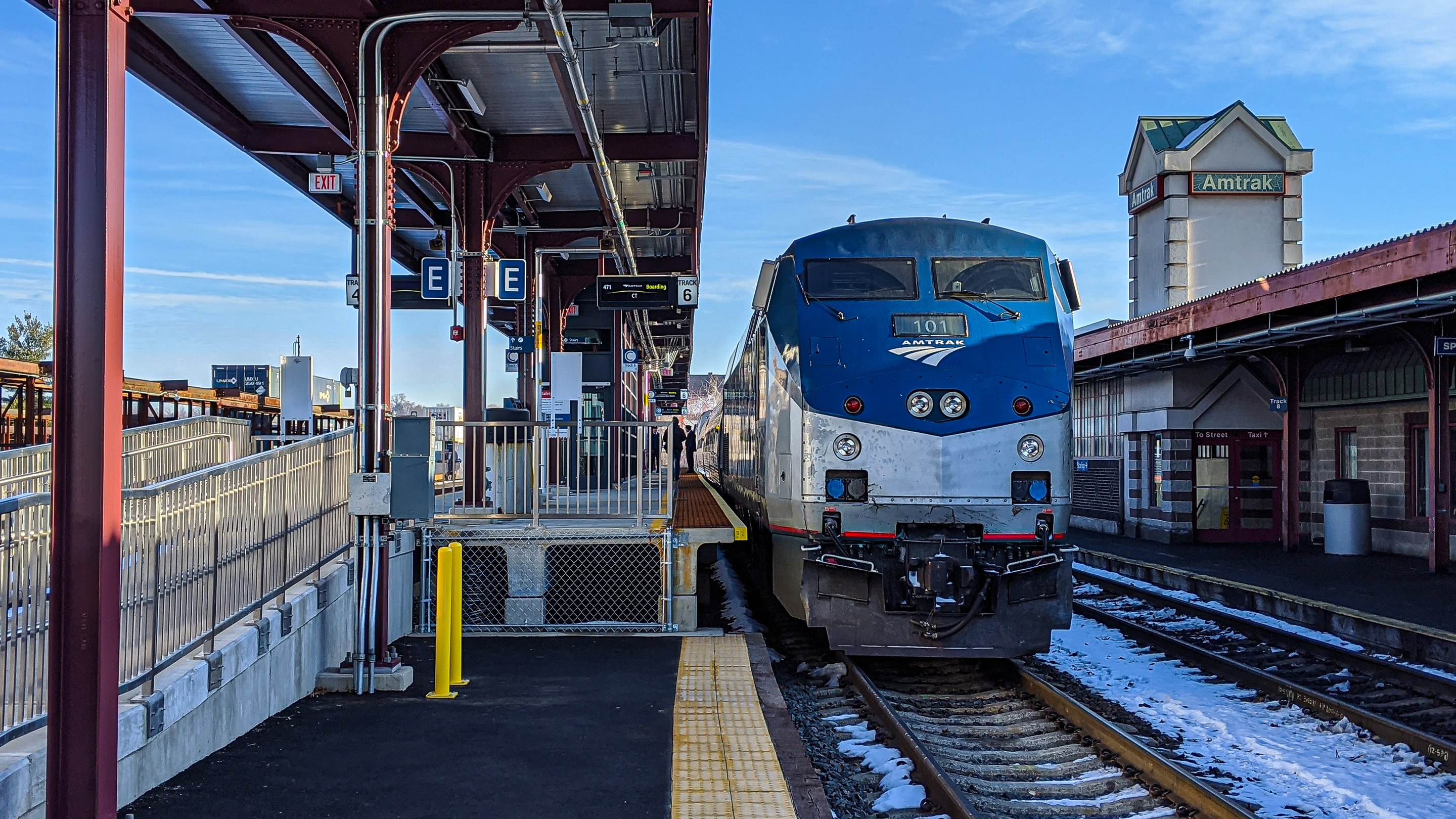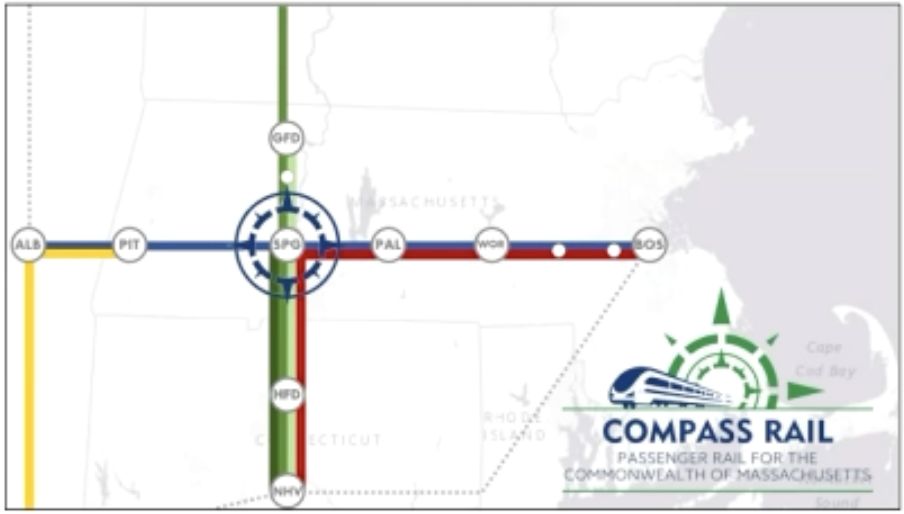DominusNovus
Senior Member
- Joined
- Jun 20, 2010
- Messages
- 1,065
- Reaction score
- 170
And of course:
- The Weekly "in person" / "golden hour" meeting as a team
- The occasional client meeting
- Project kickoff and milestones
- Hearings in front of a regulator, govt agency, or court
- Expert witnessing
- Doing "deals"
- Students at weekends
Its not quite 1x a month, but if there was more regular service, there’s loads of recreational destinations that people could use it for. Boston area people could take it to Six Flags, Western MA residents could take it for a Sox, Celtics, or Bruins game.



